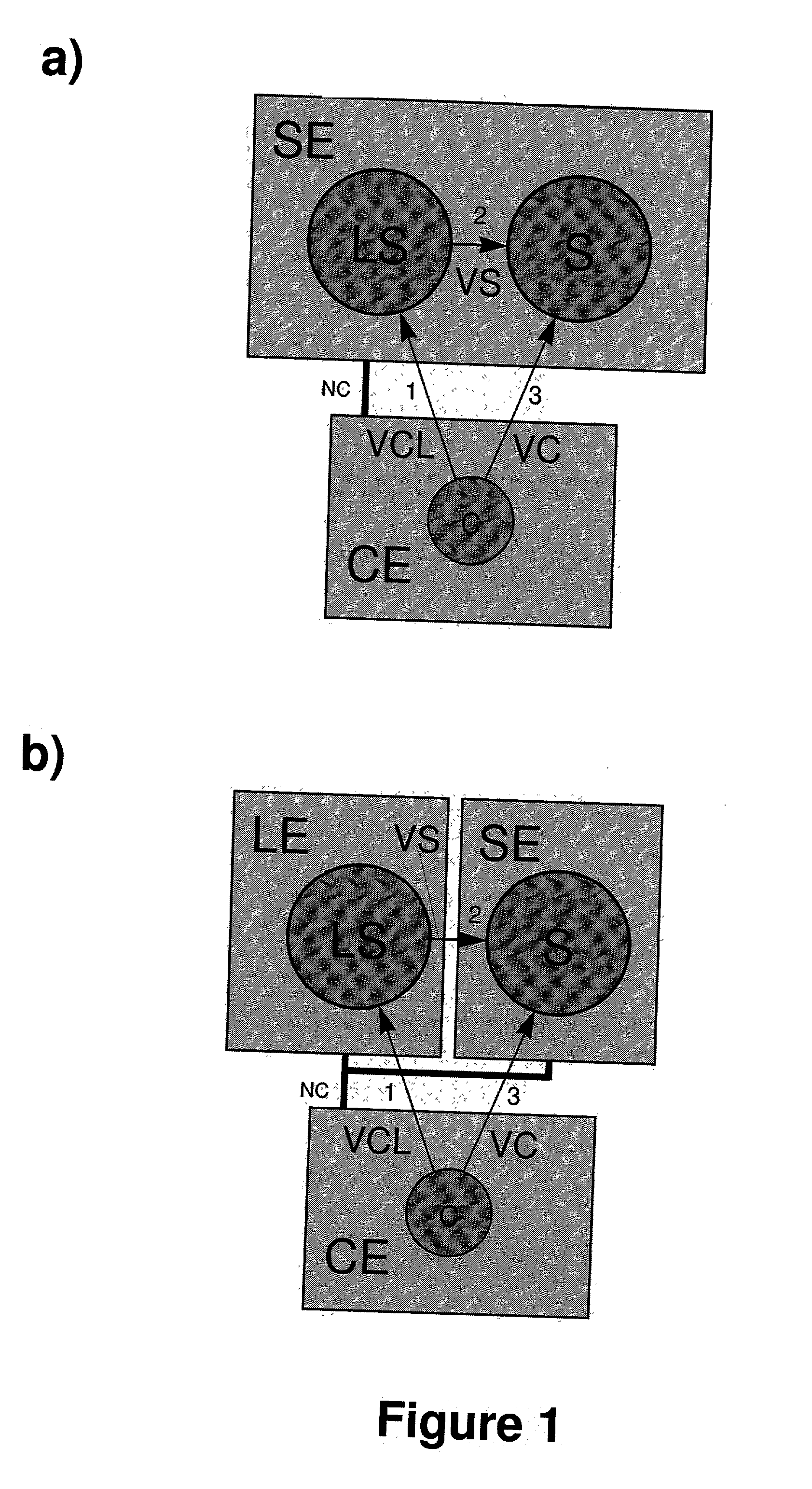Invisible services
- Summary
- Abstract
- Description
- Claims
- Application Information
AI Technical Summary
Benefits of technology
Problems solved by technology
Method used
Image
Examples
Embodiment Construction
[0082] The present patent overcomes the prior art by communication systems according to one of the claims 1, 15, 38 and 52, such that on one hand an operative service S opens connection endpoints for clients exclusively upon request A from a logon service LS (claim 1) resp. authorization service AS (claim 15) or on the other hand an operative service S provides at absolutely no time any open connection endpoint and instead builds-up only upon request A from logon service LS (claim 38) resp. authorization service AS (claim 52) a connection to a connection endpoint opened by a previously authorized client.
[0083] Systems according to one of the claims 1 and 15 in particular offer the possibility for operative service S not to provide any open connection endpoints during normal operation, once the connections between operative service S and logon service LS resp. authorization service AS have been established, and therefore are invisible for port scans during normal operation. Only afte...
PUM
 Login to View More
Login to View More Abstract
Description
Claims
Application Information
 Login to View More
Login to View More - R&D
- Intellectual Property
- Life Sciences
- Materials
- Tech Scout
- Unparalleled Data Quality
- Higher Quality Content
- 60% Fewer Hallucinations
Browse by: Latest US Patents, China's latest patents, Technical Efficacy Thesaurus, Application Domain, Technology Topic, Popular Technical Reports.
© 2025 PatSnap. All rights reserved.Legal|Privacy policy|Modern Slavery Act Transparency Statement|Sitemap|About US| Contact US: help@patsnap.com



